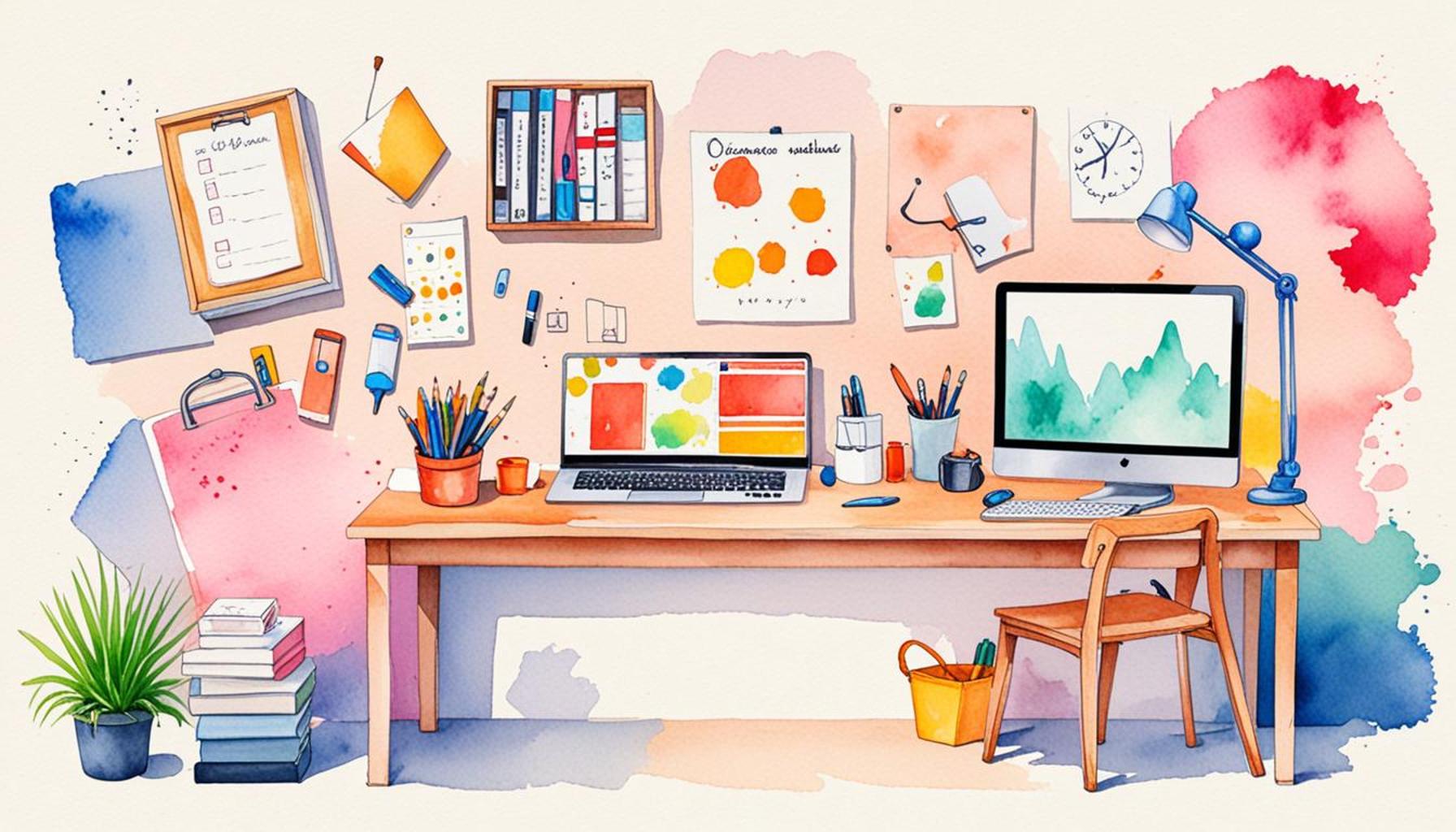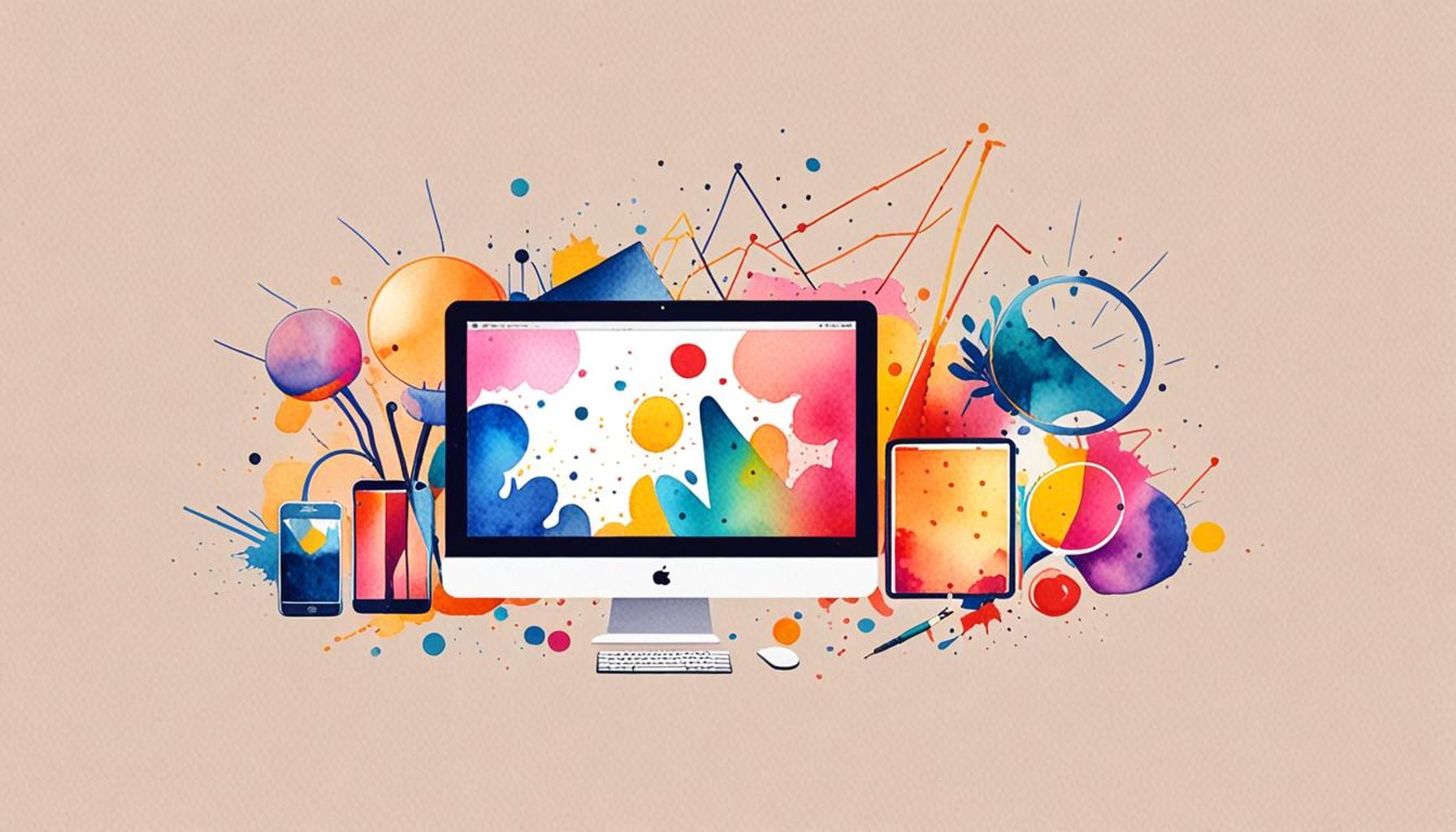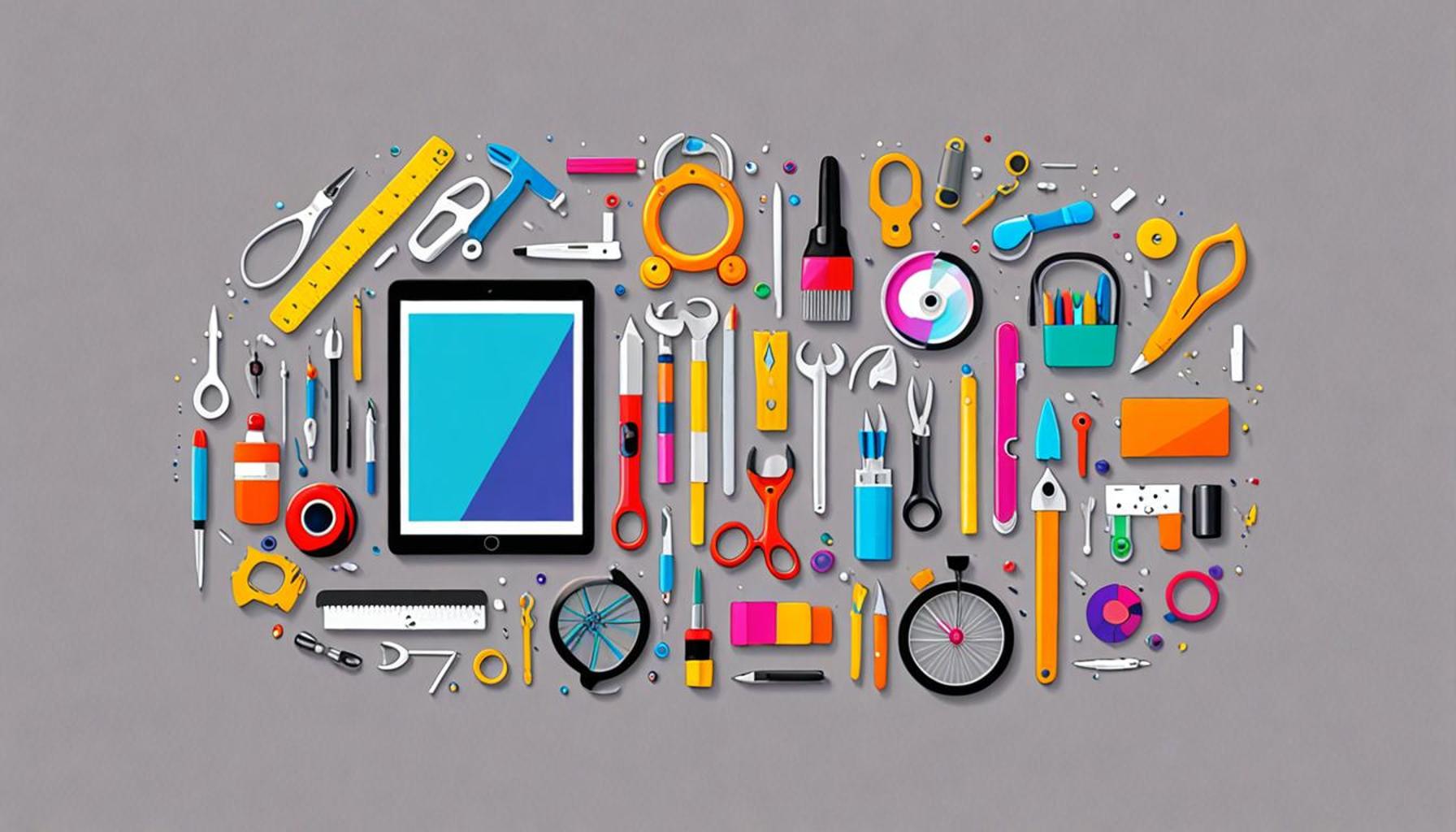Minimalist Workspaces: Creating an Environment that Enhances Focus and Creativity
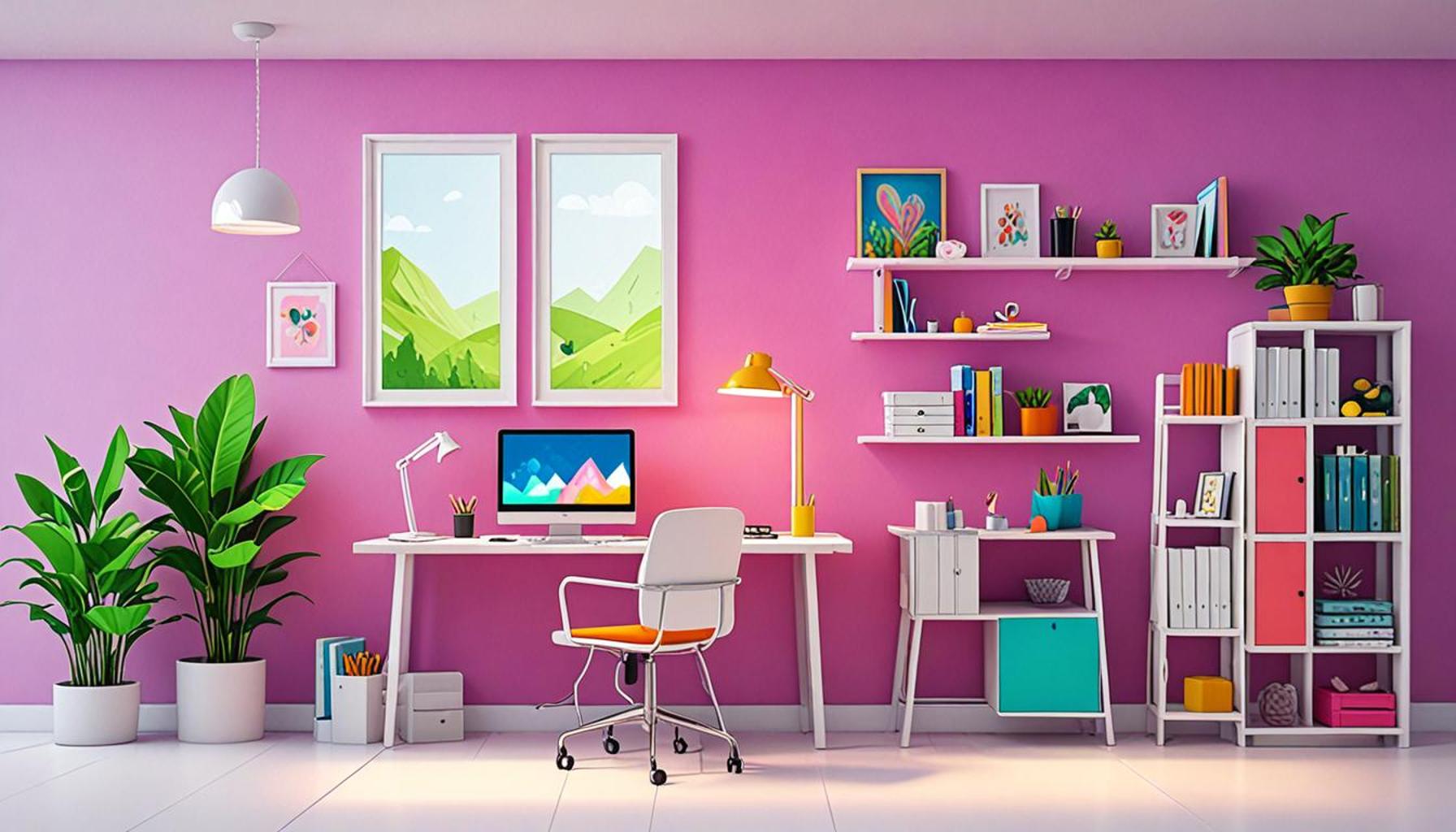
What is a Minimalist Workspace?
In essence, a minimalist workspace is designed to eliminate distractions that can hinder productivity and creative flow. It’s a place that emphasizes functionality and aesthetics harmoniously. The concept is not merely about having fewer items but about being intentional with what you include in your environment. The goal is to cultivate a space that encourages deep focus while nurturing innovative thoughts.
Key Elements of Minimalism
Consider what makes a workspace truly minimalist:
- Clean Surfaces: A desk free from excess items allows your mind to concentrate on the tasks at hand. For example, instead of multiple pens, a single, quality pen can fulfill your writing needs, reducing visual clutter.
- Limited Decor: One or two carefully selected art pieces or plants can inspire without overwhelming. A small succulent can breathe life into your workspace, requiring minimal maintenance yet providing a touch of nature.
- Neutral Colors: Soft grays, whites, and subtle blues can set a calm backdrop, helping to reduce anxiety. Research indicates that neutral color schemes can lead to increased productivity and reduced stress levels, making them ideal for a workspace.
The Benefits of Going Minimalist
Transitioning to a minimalist workspace offers various advantages. Let’s explore some of the most impactful:
- Reduces Stress: A clutter-free environment minimizes feelings of overwhelm. Studies have shown that clutter can lead to higher cortisol levels and increased stress; thus, a well-organized space can play a significant role in mental health.
- Improves Focus: With fewer distractions around, you can immerse yourself in your work. The Pomodoro Technique, which encourages focused work sessions followed by breaks, can be enhanced in a minimalist space where interruptions are limited.
- Encourages Creativity: A simplified setting allows for freer thought processes. For instance, many successful innovators, such as Steve Jobs, favored minimalist surroundings, which some attribute to their ability to think outside the box and generate groundbreaking ideas.
Growing Popularity in the U.S.
Across the United States, professionals are increasingly embracing minimalism as a means to enhance productivity. The trend has evolved from a mere aesthetic choice to a lifestyle that can significantly improve work performance and mental well-being. Co-working spaces, home offices, and corporate environments alike are adopting minimalist principles, demonstrating their effectiveness in maximizing focus and creativity. As remote work continues to be a staple in many industries, the shift toward minimalist workspaces is not just a trend, but a necessary transformation for many.
Conclusion
Considering the myriad benefits a minimalist workspace offers, taking steps to simplify your surroundings might just be the key to unlocking your full potential. So, as you evaluate your current environment, ask yourself: what can you remove, simplify, or reorganize to achieve greater productivity and foster creativity? The answer could lead you to a meaningful transformation in how you work, create, and thrive.
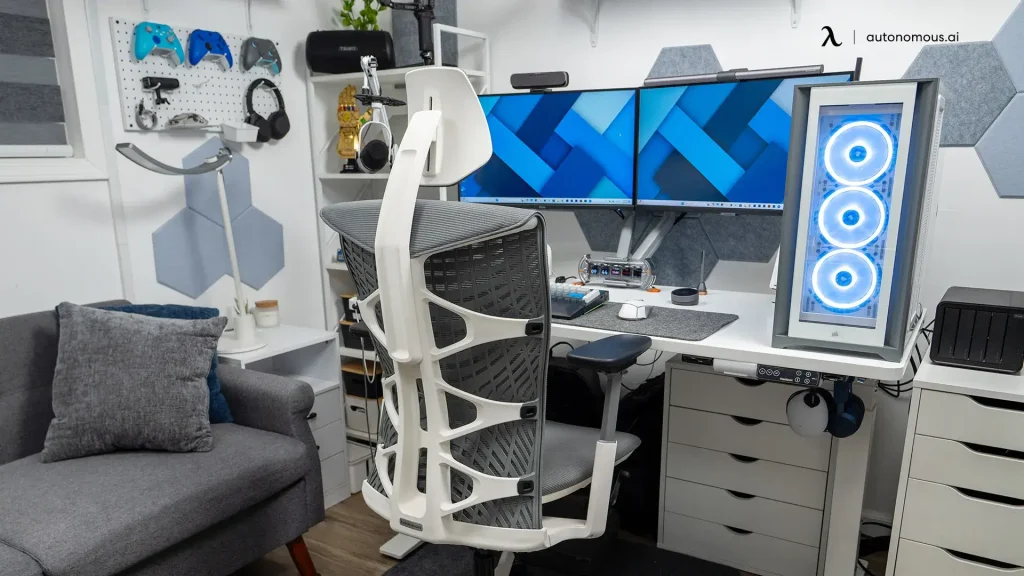
DISCOVER MORE: Click here to delve deeper
Designing Your Minimalist Workspace
Creating a minimalist workspace requires thoughtful design and arrangement of elements that foster an atmosphere conducive to concentration and creativity. The essence of this approach lies in understanding how your surroundings influence your mental state and work habits. Here are several strategies to help you design a workspace that embodies minimalism.
1. Assess Your Needs
Before diving into the aesthetics of your workspace, it’s crucial to evaluate your functional needs. Ask yourself what tools and resources you require to perform your tasks effectively. A designer may need a high-quality monitor and drawing tools, while a writer may need an ergonomic keyboard and ample writing space. By identifying your core essentials, you can prioritize functionalities that support your workflow.
2. Choose Versatile Furniture
One of the key components of a minimalist workspace is furniture that serves multiple purposes. Consider items like a desk with built-in storage, allowing you to keep necessary supplies within reach while minimizing clutter. Additionally, an adjustable chair that promotes good posture can contribute to both comfort and productivity. Investing in versatile furniture can significantly enhance your workspace aesthetics while maintaining functionality.
3. Organize with Intent
Organizing your workspace intentionally is about creating a system that complements your productivity style. Here are some tips to help you maintain an organized minimalist workspace:
- Use Drawers and Baskets: Keep frequently used items close but hidden. This can include office supplies, documents, or tech accessories. Out of sight means out of mind, reducing potential distractions.
- Label Everything: Clear labeling can help you quickly find what you need without having to rummage through drawers or boxes, keeping your focus on the task at hand.
- Regularly Declutter: Set aside time every week to evaluate what’s essential in your workspace. If an item hasn’t been used in a while, consider whether it still serves a purpose. The less you have, the more room for ideas and focus you create.
4. Embrace Natural Light
Light plays a pivotal role in influencing our mood and productivity. A workspace that maximizes natural light can elevate your spirit and enhance focus. Position your desk near a window, allowing sunlight to invigorate your environment. In addition, consider using soft, warm artificial lighting for evenings, which can contribute to a calming atmosphere without straining your eyes.
5. Personalize with Purpose
While minimalism often suggests less is more, personal touches can still find a place in your workspace—when they are intentional. A framed photo, a single piece of art, or a plant can add personality without overwhelming the space. The key is to choose items that resonate with you and inspire creativity, ensuring that they complement rather than distract from your work.
Creating a minimalist workspace doesn’t happen overnight; it is an ongoing process of refinement and adaptation. By implementing these strategies, you can establish a productive and inspiring environment that not only enhances focus but also fuels your creative endeavors.
Creating an environment that enhances focus and creativity within minimalist workspaces transcends mere aesthetics; it embodies a philosophy that champions intentionality, clarity, and functionality. With the right design choices, individuals can cultivate spaces that not only reflect their personal style but significantly boost productivity.Key elements of a minimalist workspace are organization and simplicity. It is essential to eliminate distractions and clutter, making way for a clean and serene environment. For instance, opting for a neutral color palette can have a calming effect on the mind, allowing for deeper concentration. Incorporating multifunctional furniture can enhance efficiency by creating versatile areas that accommodate various tasks, whether it’s for brainstorming sessions or focused work.The strategic use of natural light also plays a pivotal role in maximizing creativity and focus. Large windows can invite the outdoors in, helping to reduce eye strain and uplift moods. Integrating plants into the workspace not only purifies the air but also stimulates mental clarity and reduces stress, thus fostering inspiration and innovative thinking.Furthermore, personal touches—such as meaningful artwork or motivational quotes—can create an emotional connection to the space, transforming it into a personal sanctuary. Emphasizing ergonomic furniture ensures that comfort does not compromise health, facilitating prolonged periods of concentration without physical strain.Ultimately, minimalist workspaces are not just about reducing items to the essentials; they are about curating an atmosphere that prioritizes mental clarity and enhances creativity. The journey toward crafting such spaces may lead individuals to explore various design and organizational strategies that resonate with their unique needs, allowing for a harmonious balance between functionality and personal expression.
| Advantage | Description |
|---|---|
| Enhanced Focus | Minimal distractions create an environment conducive to concentration, improving productivity. |
| Boosted Creativity | A streamlined space allows for clearer thinking, fostering innovative ideas in a clutter-free setting. |
DISCOVER MORE: Click here to dive deeper
Incorporating Technology and Digital Tools
In the age of technology, a minimalist workspace incorporates not only physical elements but also digital tools that promote efficiency and creativity. Leveraging the right technology can streamline processes and eliminate unnecessary clutter, both physically and digitally. Here are various ways to integrate technology into your minimalist workspace.
1. Embrace Cloud Solutions
Using cloud-based applications can significantly reduce the physical clutter that comes with paperwork and physical files. With options like Google Drive, Dropbox, and Microsoft OneDrive, vital documents are stored online and accessible from multiple devices. Moreover, cloud solutions promote collaboration by enabling real-time sharing and editing, bringing a fluidity that aligns perfectly with a minimalist ethos.
2. Opt for Wireless Devices
Choosing wireless devices can contribute to a cleaner and more organized workspace. Wireless keyboards, mice, and printers eliminate the tangle of cords that often lead to chaos on your desk. The absence of visible wires not only enhances aesthetics but also reduces distractions. Additionally, utilizing a Bluetooth speaker for music or ambient sounds can enhance creativity without consuming valuable desk space.
3. Implement Task Management Software
With the multitude of tasks that often compete for our attention, using task management software can consolidate your workflow effectively. Programs like Trello, Asana, or Todoist help organize tasks visually, allowing you to focus on what’s most important. This structured approach minimizes overwhelm, enabling you to prioritize tasks that contribute to your larger goals. By categorizing tasks, these tools help streamline your focus and eliminate unnecessary mental clutter.
4. Establish a Digital Decluttering Routine
Just as you regularly declutter your physical workspace, it’s essential to maintain a tidy digital environment. Designate a specific time each week to organize your files, delete unnecessary documents, and unsubscribe from excess emails or notifications that clog your inbox. A clean digital workspace can greatly enhance your productivity, making it easier to concentrate on meaningful work without the distraction of a cluttered digital landscape.
5. Utilize Focus-Enhancing Apps
To further support a minimalist workspace, incorporate apps that foster focus and productivity. Tools such as Forest, Time Flip, or Focus@Will offer unique methods to enhance concentration. Forest, for instance, encourages users to stay off their phones while growing a virtual tree—if you engage with your phone, the tree dies. Such gamified approaches to focusing can be both engaging and grounding, underlining the essential philosophy of minimalism.
6. Streamline Communications
Minimizing distractions in your communications is vital in cultivating a focused atmosphere. Using platforms like Slack or Microsoft Teams reduces email clutter by allowing real-time discussions. Moreover, establishing specific times to check messages can prevent constant interruptions, further enhancing your ability to focus on creative tasks.
In essence, a minimalist workspace is not solely about reducing physical clutter; it also involves optimizing how technology interacts with your daily tasks. By strategically utilizing digital tools and practices, you create a more streamlined workflow that fosters both focus and creativity, propelling you toward heightened productivity and innovation.
DISCOVER MORE: Click here to dive deeper
Conclusion
In conclusion, embracing the principles of minimalist workspaces can significantly enhance both focus and creativity, leading to improved productivity in our increasingly bustling lives. By simplifying our environments—both physical and digital—we allow ourselves to concentrate on what truly matters, minimizing unnecessary distractions and clutter. The strategic use of cloud solutions, wireless devices, and task management software provides a seamless transition, enabling us to streamline our workflow effectively.
Beyond the tangible elements, a crucial aspect of creating a minimalist workspace involves fostering a mindset of intentionality and focus. Regularly engaging in practices such as digital decluttering and utilizing focus-enhancing apps can further support this environment, promoting creativity and innovative thinking. As we consciously design our workspaces with minimalism in mind, we cultivate a space that not only reflects our aesthetic preferences but also enhances our cognitive performance.
Exploring the intersection of minimalism and productivity is not merely about aesthetic appeal; it represents a profound shift in how we interact with our tasks and environment. In the ever-evolving landscape of remote and hybrid work, individuals could reap noteworthy benefits by adopting these principles. Therefore, take the leap into this minimalist journey and witness the transformative power it brings to your professional life, as simplicity often nurtures the best ideas.
